Green Majesty: Exploring the Heart of the Amazon
The Amazon Rainforest, often referred to as the “Green Majesty,” is a breathtaking testament to the power and resilience of nature. Spanning nine countries and covering over 5.5 million square kilometers, it is the largest rainforest on Earth and home to unparalleled biodiversity. Within its lush expanse lies a vibrant ecosystem, a complex web of life that has thrived for millennia.
At the heart of the Amazon is its river, a mighty lifeline that stretches over 6,500 kilometers. The Amazon River carries more water than the next seven largest rivers combined, nourishing the forest and supporting countless species. Its tributaries weave through the dense jungle like veins, creating a mosaic of aquatic habitats that are vital to the region’s ecological balance.

The Amazon’s towering canopy, often called the “green ocean,” is a world unto itself. Rising up to 60 meters above the forest floor, it forms a dense roof of foliage that captures sunlight and regulates the rainforest’s temperature. This leafy layer is teeming with life, from vibrantly colored parrots and toucans to agile monkeys and elusive predators like jaguars. Scientists estimate that millions of species, many still undiscovered, inhabit this verdant paradise.
Beneath the canopy lies a shadowy underworld of intertwined roots and moss-covered ground. This layer, though dimly lit, is no less alive. Leaf-cutter ants march in disciplined columns, transporting pieces of foliage to their subterranean nests. Poison dart frogs, adorned with dazzling colors, hop through the undergrowth, while tapirs and capybaras forage for food near the riverbanks. The forest floor is where decomposition takes place, recycling nutrients to sustain the entire ecosystem.
The Amazon’s significance extends far beyond its natural beauty. Often called the “lungs of the Earth,” it plays a critical role in regulating the planet’s climate. The rainforest absorbs vast amounts of carbon dioxide, helping to mitigate the effects of global warming. It also generates 20% of the world’s oxygen, underscoring its importance to life on Earth.
Yet, the Green Majesty faces grave threats. Deforestation, driven by agriculture, logging, and infrastructure development, is eroding this natural wonder. Every year, thousands of hectares of forest are lost, taking with them countless species and disrupting delicate ecological processes. Climate change exacerbates these challenges, altering rainfall patterns and increasing the risk of forest fires.
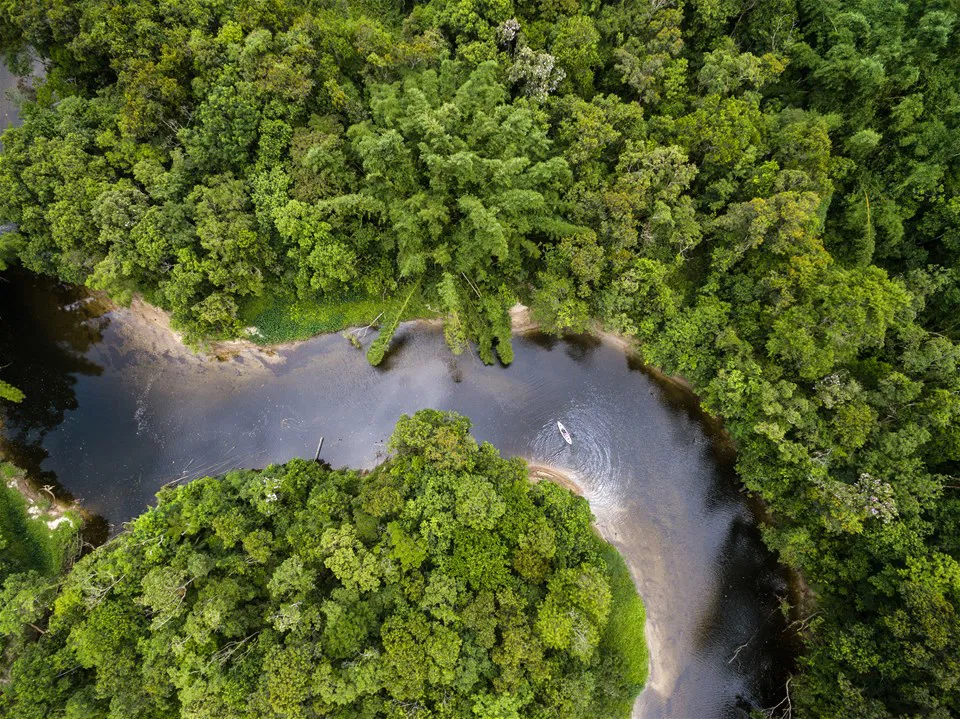
Amid these challenges, the Amazon’s indigenous communities stand as its staunchest defenders. For centuries, they have lived in harmony with the rainforest, drawing on its resources sustainably and preserving its sacred balance. Their knowledge and traditions offer valuable insights into conservation and the sustainable management of natural resources.
Efforts to protect the Amazon are gaining momentum. Governments, NGOs, and scientists are working together to curb deforestation, promote reforestation, and safeguard the rights of indigenous peoples. Ecotourism is emerging as a powerful tool to raise awareness and generate income for local communities while minimizing environmental impact.
Exploring the heart of the Amazon is a journey into the essence of life itself. It is a place of unparalleled wonder, where every tree, animal, and river tells a story of resilience and interconnection. As we marvel at the Green Majesty, we are reminded of our responsibility to preserve this irreplaceable treasure for future generations. The Amazon is not just a rainforest; it is a symbol of the planet’s beauty, complexity, and fragility.
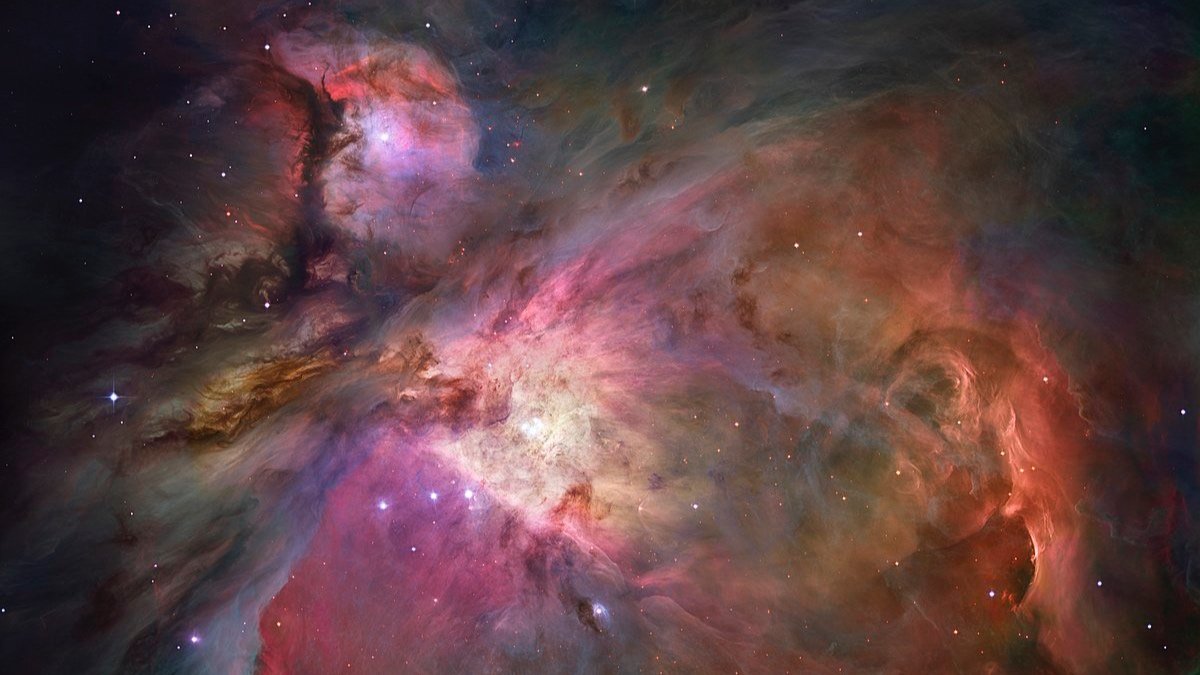

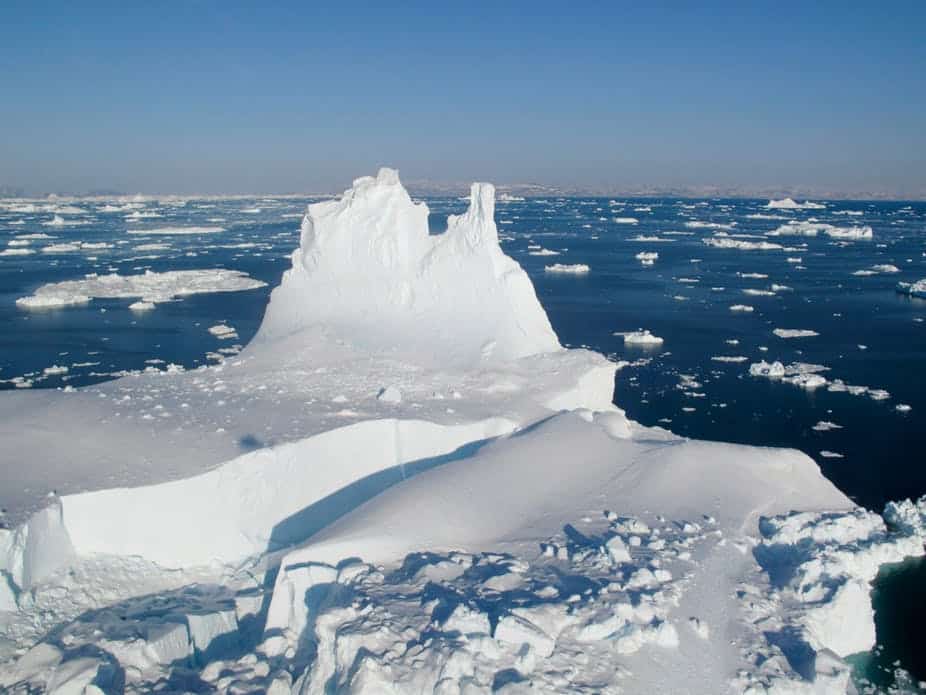

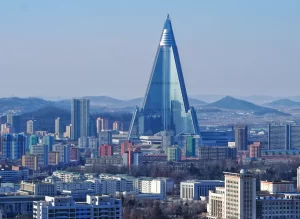




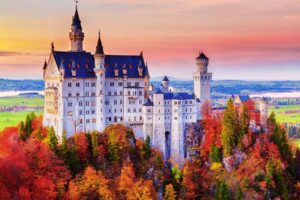


Post Comment